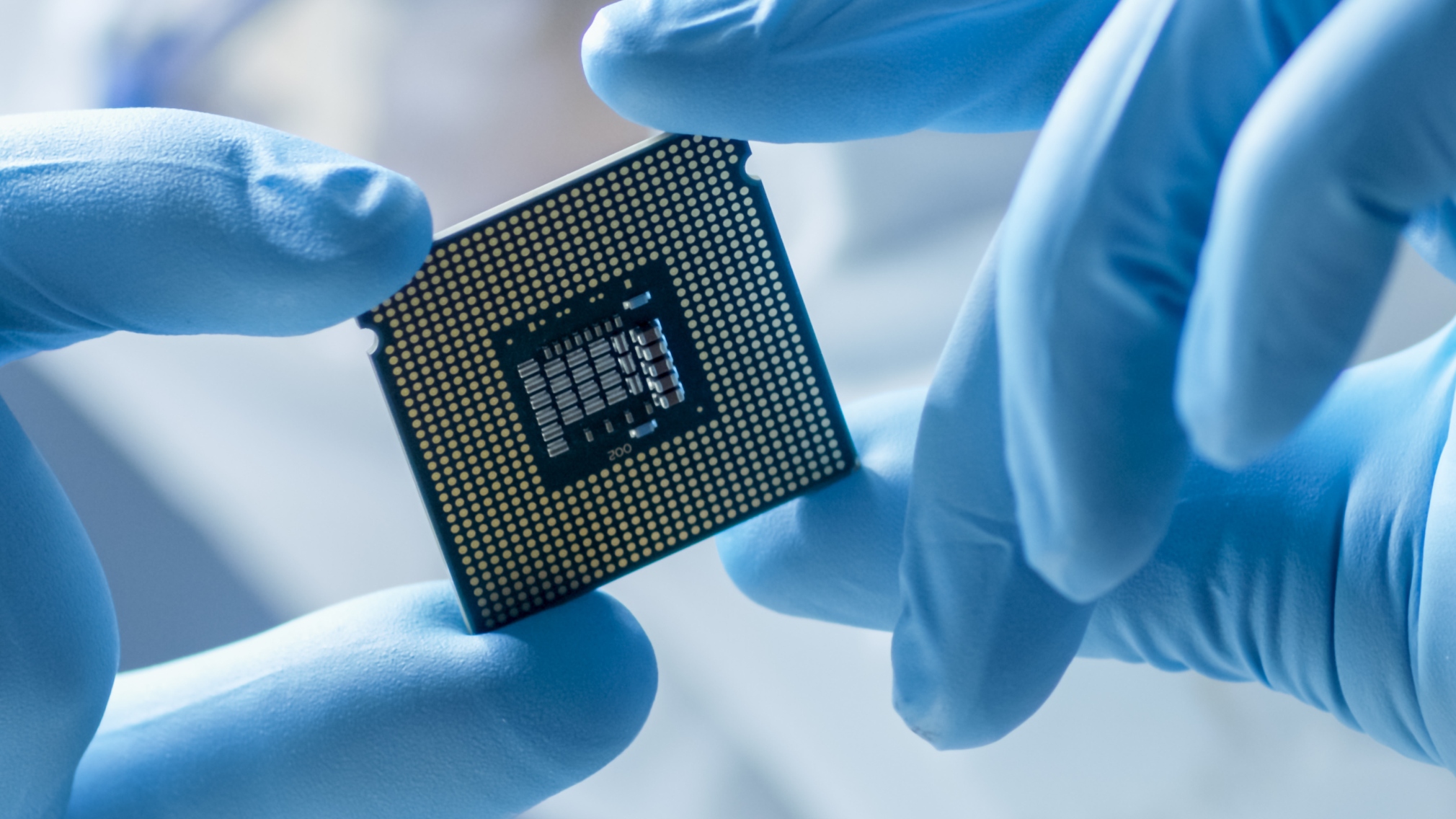Can we re-shore and create a US semiconductor industry? Maybe…

I participated today in the National Academies of Engineering, Science, and Medicine’s “Logistics and Manufacturing under Attack Virtual” Workshop, that involved a number of Department of Defense, private sector companies (GE, Pratt & Whitney), and academic partners, to discuss the current state of critical technologies required in the current space. The importance of digital failure science and material component resiliency was a topic of frequent discussion. Another important topic discussed focused on the development of the semiconductor market.
The Biden administration has sought to explore how to re-shore the semiconductor industry, by calling for a 100 day study.The CHIPS for America Act is one effort to try to bring more semiconductor manufacturing back to the US. But it is one thing to talk about writing the first check for a $1B fab, and quite another to write the check for the $500M a year to keep that fab running, and to render it even remotely cost competitive compared to the Taiwan Semiconductor Manufacturing Company. In places like Taiwan, there is a complete supply chain that exists, and bringing over just the fab may not be enough to bring the industry capability back. There is also an entire community of old-timers who went to school together, and started the 50 largest companies there, and who have a network that drives learning and communication at the level of tacit knowledge exchange. We need to re-locate the entire supply chain, and to do that we will need to have a robust end product demand signal within the US. Is this even possible?
Maybe…. but this may require us to think about the problem differently. It will be tough for the US to compete in true semiconductor fabrication which is often seen as a true commodity. However, can we think of a way to “sliver out” a portion of the industry that is critical to the defense, automotive, and aerospace sector. What we’d need is a form of digital manufacturing, and think about microfabs that don’t have commodity level volumes. Smaller volumes that we typically see in defense may be able to support microfabs, with small wafer volumes, using a mixed volume application, that is very different than what you’d find in a large fab.
We are starting to see some new fabs coming back to the US which is a good thing. There is also a drive in the industry towards going towards breaking up the system on a chip into composite parts, which should increase performance and allow lower volume production to meet the needs of automotive and aerospace and DoD, and create systems that can be customized to their own needs at a lower cost point and much faster. This is starting to gain traction commercially, and companies like AMD are beginning to explore this. This is an interesting area that might allow companies (even if they are not re-shored), the opportunity to have different components in inventory, and to mix and match them to create customized systems into printed format. This approach would then become a packaging play using make to order components at a high resolution, and a system level packaging process. Some fabs could do this sort of thing, and this could be the basis for some re-shoring of semiconductor production closer to home.
One of the most important initiatives in helping to promote a domestic semiconductor initiative is NextFlex, America’s Flexible Hybrid Electronics Manufacturing Institute, whose mission is to advance U.S. manufacturing of Flexible Hybrid Electronics (FHE). Leveraging government agencies like Nextflex would be a start towards this goal. NextFlex is a consortium of companies, academic institutions, non-profits and state, local and federal government partners with the shared goal of advancing the manufacture of flexible hybrid electronics in the U.S. Since its formation in 2015, the NextFlex community of technologists, educators, problem solvers and manufacturers have come together to collectively facilitate innovation, narrow the manufacturing workforce gap and promote sustainable manufacturing ecosystems. NextFlex is one of eight Manufacturing Innovation Institutes established by the DoD Manufacturing Technology Program as public-private partnerships that facilitate technology innovation and commercialization, accelerate manufacturing workforce development, and promote a sustainable ecosystem for advanced manufacturing. Taking advantage of the ability to conform to organic shapes, electronic capability can now be incorporated into new and emerging consumer and industrial products that, when combined with rapid advancements in data analytics and artificial intelligence, enable real-time decisions.
But we are a long ways off from leveraging a $6M investment into a $450B a year industry. Getting the entire supply chain to the US closer to the downstream products will be a lot of work. It will also be important to develop people with the talent to work at these new jobs. COVID resulted in a huge drain of talent, and we need new people to step forward and build the talent pool to work in these new facilities. This will include companies partnering with universities and community colleges to get young people interested in a career in semiconductors and technology.
Applying the principle of Digital Twins will also be important. If we begin to have focused activities on re-shoring, the ability to model our supply chains, can provide greater flexibility on how to model maintenance and manufacturing capabilities around this new hybrid form of technology. The ability to model and to simulate and to do what-ifs is a powerful tool to build on in validating these chips on end products in diverse environments. Across different companies and in an industry, digital twins could be an important approach for reducing risk.
The workshop brought to bear a whole different lens on this topic of re-shoring semiconductors. There are no easy answers. But there are some that are possible.


